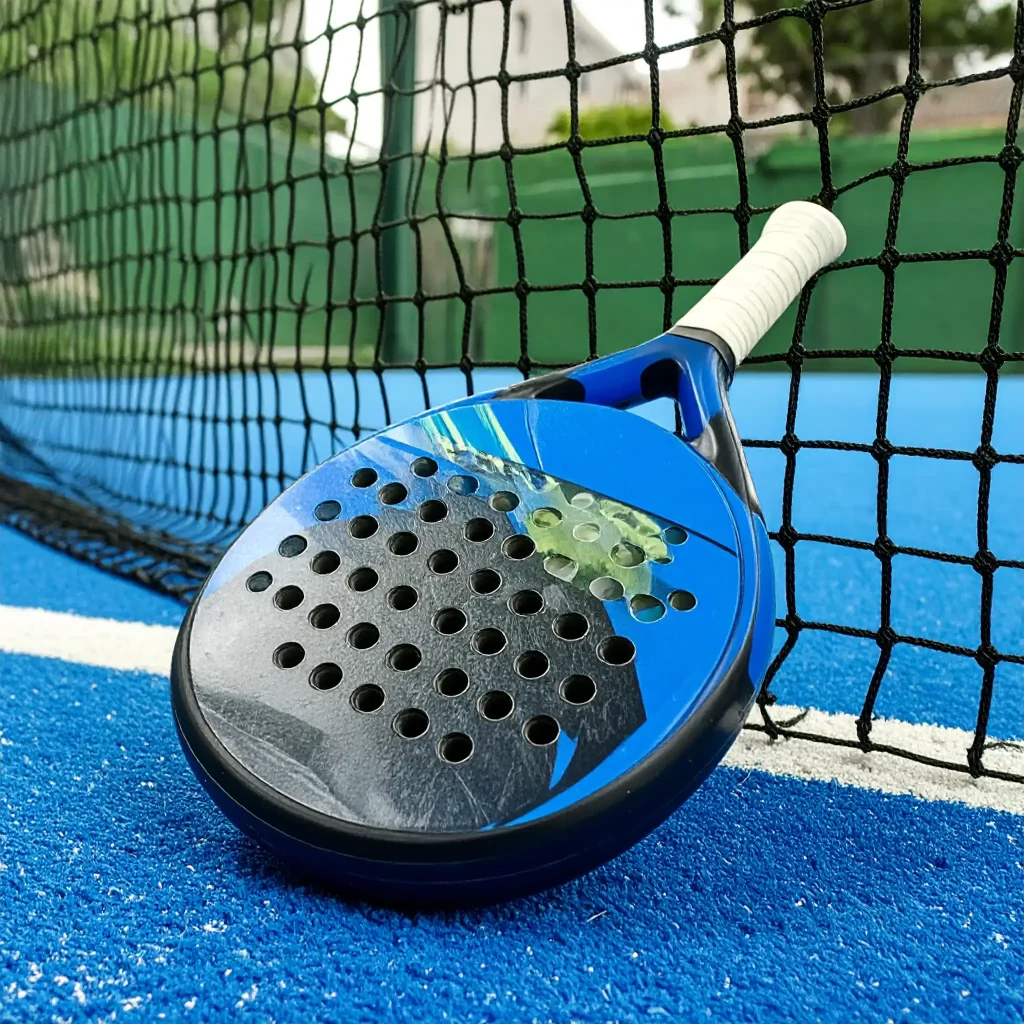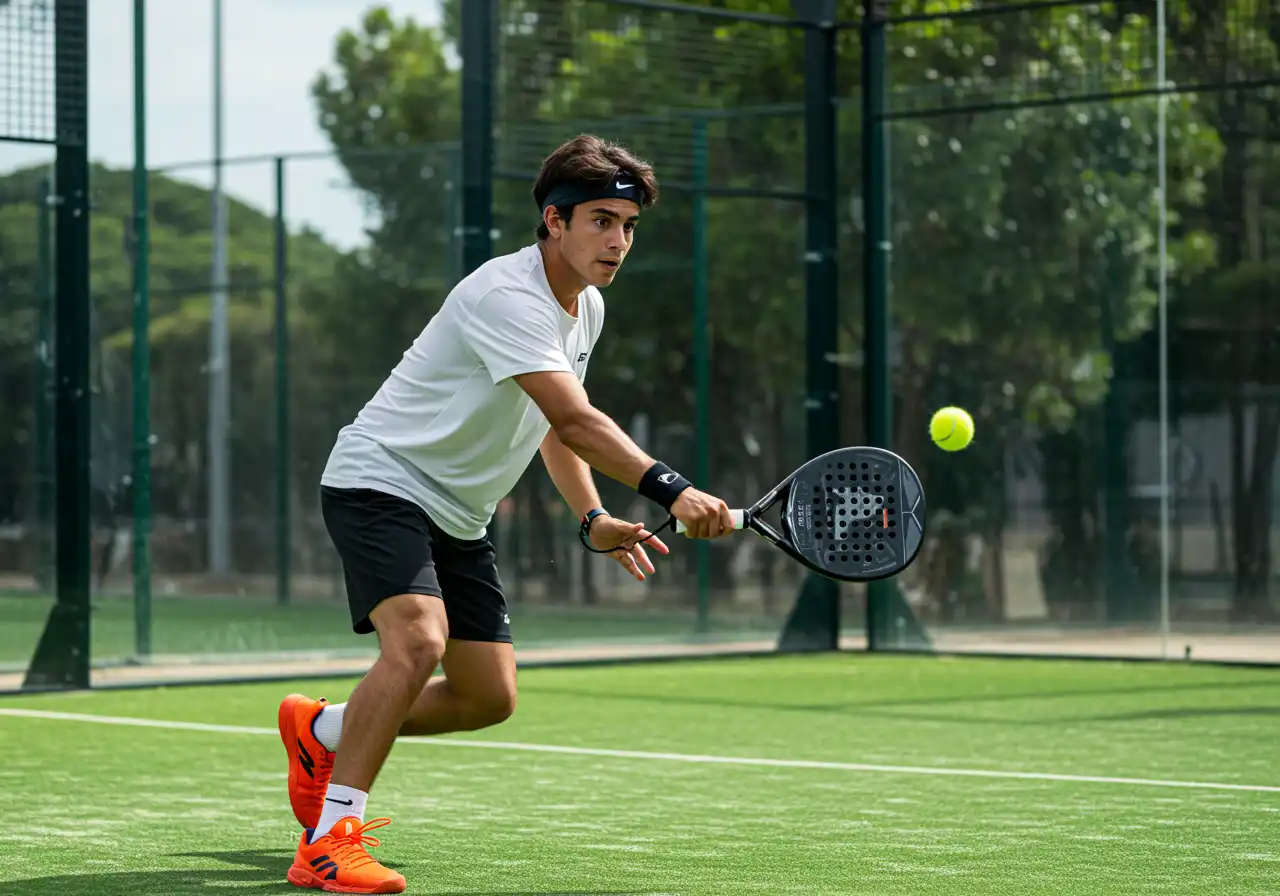Padel is a dynamic sport that is easier than tennis but that differentiates itself by its unique use of walls, offering countless creative opportunities for players to improve their play. For beginners, walls may seem confusing at the start or even restrictive. However, learning how to use the walls can be a game-changer, helping you defend better, set up your attacks, and control the pace of rallies.
Understanding the Role of the Walls in Padel
The padel court is enclosed by glass or sometimes concrete walls. Unlike tennis, where shots are out if they hit any boundary, in padel these walls are part of the game. When the ball bounces once on the court and then hits the walls, players can still play the ball.
This means the ball can bounce on the floor first and then rebound off the back or side walls before you hit it back to your opponents. However, if the ball hits a wall or fence without bouncing on the court first, the shot is considered out.
Also, the ball must bounce only once on your side before you hit it. If it bounces twice, the point is lost. On serves, the ball must bounce in the opponent’s service box, and if it hits the side fences (metal cage) first after the bounce, the serve is out, but hitting the back glass wall after the bounce is allowed. This use of the walls adds an extra dimension to the game, allowing for strategic rebounds and creative shot-making that beginners can learn to use for both defense and attack.

Key Beginner Tips for Using the Walls
1. Anticipate the Ball’s Trajectory
- Stand ready to move: Position yourself well so you can judge how the ball will travel after hitting the wall. Don’t assume the ball will bounce directly to you—adjust your stance and timing accordingly.
- Practice observation: Watch how different shots rebound for your own and your opponent’s strokes. Over time, you’ll gain instinct for how the ball comes off each wall.
2. Let the Ball Bounce Off the Wall for Easier Shots
- Use the wall to slow down fast balls. Allowing the ball to hit the wall after bouncing gives you a fraction more time to respond, making it easier for beginners to return tricky shots.
- Wait, don’t rush: Instead of hitting every ball before it touches the wall, sometimes it’s smarter to wait, especially for deep shots that are hard to reach.
3. Explore Different Wall Strokes
- Off the Back Wall Smash: Used when opponents lob to the back of the court; let the ball hit the floor, then the back wall, and position yourself for an aggressive return.
- Side Wall Play: Position yourself behind the baseline, with a semi-open stance so you can respond smoothly to balls that strike the side wall before reaching you. Hit from bottom to top, staying balanced and focused on driving the ball forward rather than rushing.
- Practice these basics—don’t be afraid to experiment with hitting after single or multiple bounces.
4. Make Walls Your Defensive Ally
- If a shot passes you, use the wall as a last resort. Back wall boasts (returns) are harder to master but useful when you’re under pressure and have no other option. Try not to rely on this until you’re comfortable—focus first on using the wall to set up easier returns.
5. Active Movement is Essential
- You must move towards the ball’s projected rebound, not just wait for it passively. Small shuffles, side steps, and readjustments give you a much better chance of returning balls that will bounce unpredictably after hitting a wall.
Creative Uses for Walls
- Set up counterattacks: Use the wall to generate angles for unpredictable shots, catching opponents off-guard.
- Control tempo: Absorbing a powerful shot with the wall can slow the game down and disrupt your opponent’s rhythm.
- Defend deep lobs: Rather than stretching for a deep ball, let it come off the back wall—often giving you a comfortable hitting height.
Walls are the backbone of creative padel play. Practice reading bounces and positioning, experiment with basic wall strokes, and don’t be discouraged if missed balls happen—every bounce is a learning opportunity. As you gain confidence and experience, you’ll find yourself using the walls not just defensively, but also to surprise and outmaneuver your opponents.
